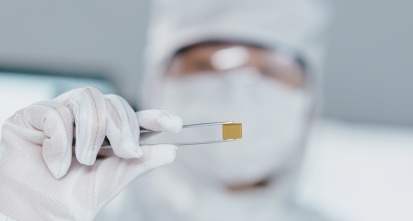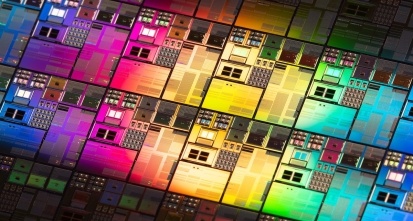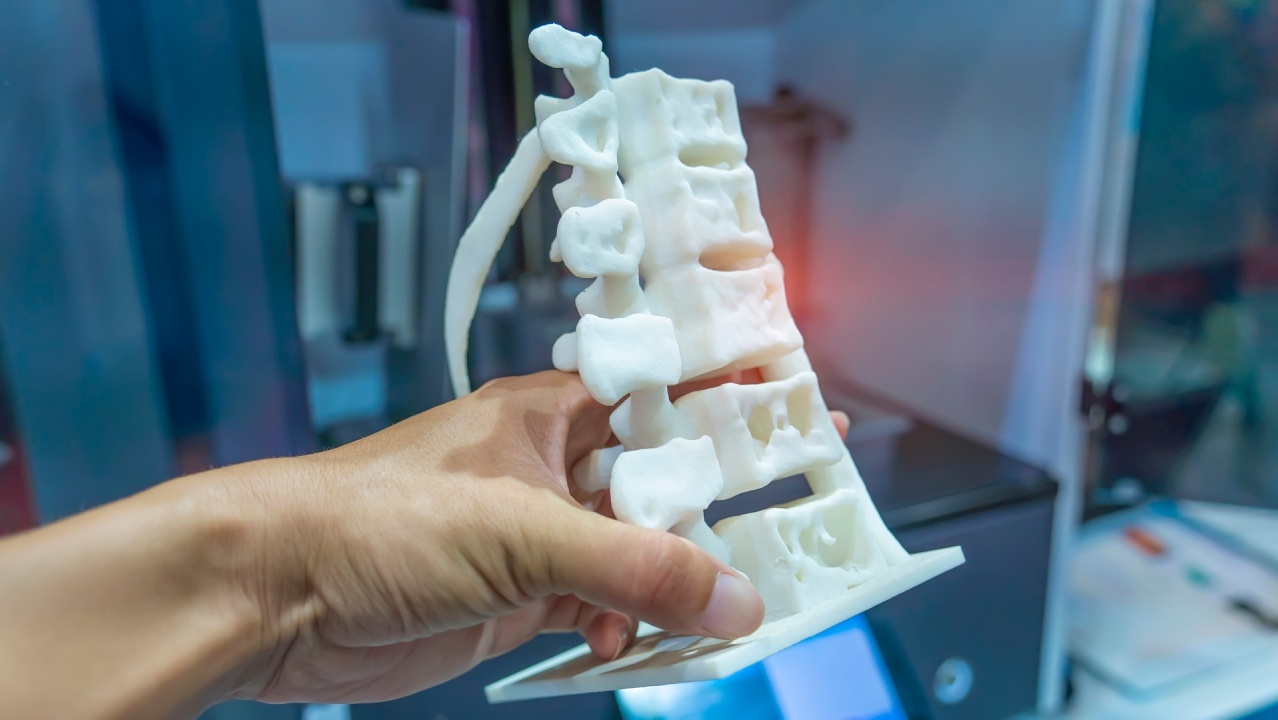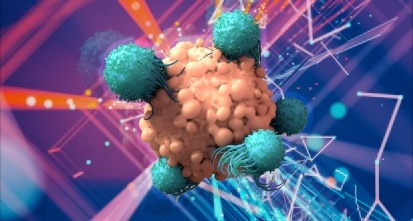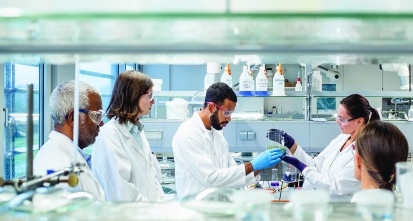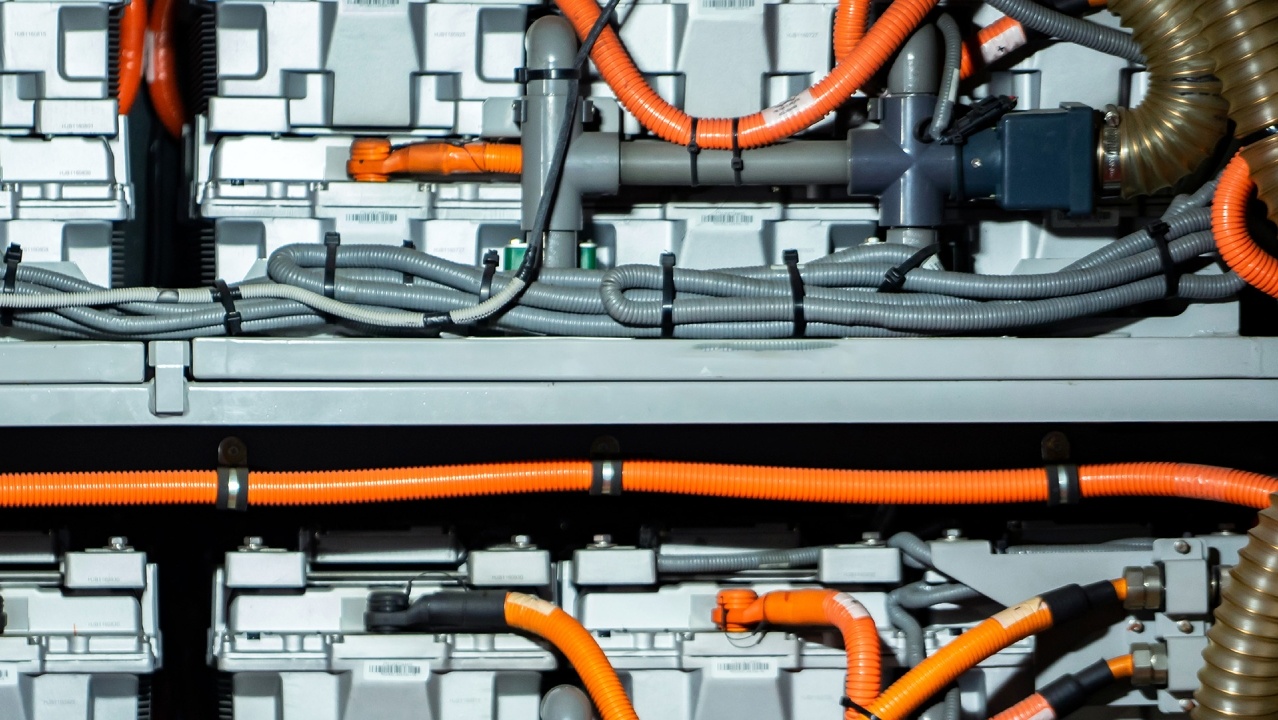
New advances in recycling of lithium-ion batteries
Global demand for lithium-ion batteries is growing exponentially and critical inflection points are forecasted as demand may even exceed supplies of key battery components and raw materials.
The global electric car market is projected to grow to $858B by 2027, powered by lithium-ion batteries. Yet only 5% of lithium-ion batteries are thought to be recycled globally. Historically, lithium-ion battery recycling has been limited by the volatile pricing of raw materials, lack of recycling plants, and absence of regulations. However, advances in recycling methods, high growth potential, and a fixed amount of rare metals have made recycling more attractive as market size projections could reach $13B by 2030.
Current recycling techniques
Today, three main types of battery recycling methodologies (Figure 1) exist with a combination of hydrometallurgy and pyrometallurgy as the dominant forms of recycling. Research and patent publications have grown exponentially for hydrometallurgy and pyrometallurgy due to the cheaper costs and complexity (Figure 2). Hydrometallurgy uses solutions (primarily aqueous) to extract and separate metals from battery resources. Pyrometallurgy uses heat to convert the metal oxides used in battery materials to either metals or metal compounds. Direct recycling is the removal of cathode material for reuse or reconditioning.

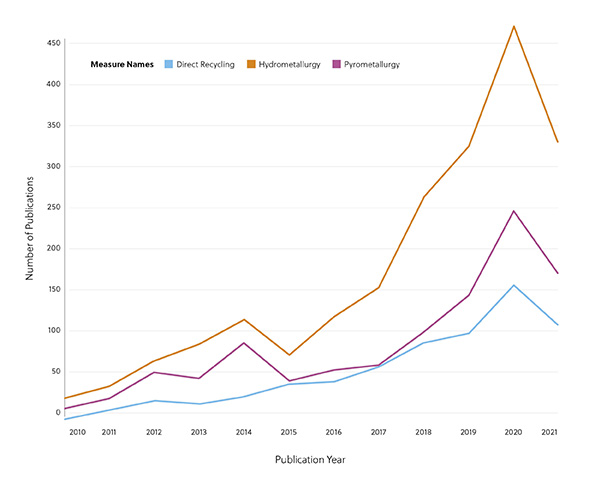
Why direct recycling is the best
Direct removal of the cathode material for reuse or reconditioning is ideal because it allows recyclers to keep the crystal structures intact with lower energy, reagent, and fixed facility costs. However, it requires more labor costs and a higher threshold for good battery recycling conditions. Until recently, key challenges that have stymied the lithium-ion recycling field are the lack of uniformity in battery designs and the high level of effort that is required in hydro and pyro to convert batteries to metal feedstocks. A recent paper highlights a method that provides working cathode materials previously not provided by current recycling methods.
A new approach for direct recycling:
Recently, Zheng Liang, Guangmin Zhou, Hui-Ming Cheng, and colleagues disclosed one such technique in the Journal of the American Chemical Society. Lithium iodide (LiI) and lithium hydroxide (LiOH) were combined in a eutectic combination that melts at a lower temperature than either salt alone—under 200°C. As a result, the combination becomes liquid at more accessible temperatures.
While the capacity of batteries manufactured from the repaired material was not fully restored, consecutive heating with the eutectic mixture at 200°C for 3 hours followed by heating to 850°C for 2 hours did. However, when Co2O3 and MnO2 were added to the eutectic mixture, the two-step process produced restored NMC523, which had characteristics and a crystal structure that were comparable to those of newly produced material.
This approach offers a way to repair lithium-ion battery cathodes to full functionality while utilizing less energy and resources than fresh production. If depleted battery materials are brought back to full functionality at a lower cost, they could be sold at a much greater margin than metals or metal oxides made using other more costly techniques.
Challenges
The approach developed by Liang et al. is not without its challenges, though. The procedure calls for disassembling and then reassembling batteries. The complexity and lack of uniformity in battery designs and cathode compositions are barriers to battery recycling in general. While many different types of batteries may be processed using pyrometallurgy, direct recycling and hydrometallurgical procedures necessitate sorting different battery types and safe battery disassembly. Battery composition and design must be specified and encoded on the batteries to make direct recycling practical. Disassembly would be simpler with common battery designs, however given the range of lithium-ion battery applications, this may not be possible.
Looking ahead
There is a critical inflection point ahead for lithium-ion batteries as demand will potentially outpace supply of key metals, so recycling must play a critical role in bridging this gap. Resource conservation, environmental impact, and cost effectiveness will be key drivers to accelerating the innovation in the future.
Although this recent study does not offer a commercial-ready approach for lithium-ion battery regeneration and direct recycling, it does show that the practice is technically viable. This approach differs from earlier direct recycling methods by using eutectic systems rather than hydrothermal techniques. A commercially viable direct recycling technique will increase the security of lithium-ion battery component supplies, contribute to their sustainability as an alternative to liquid fuels for energy storage, and serve as a crucial instrument in lowering CO2 emissions from people, mitigating climate change. Learn more about emerging trends on recycling of lithium-ion batteries in our recent report.
Gain new perspectives for faster progress directly to your inbox.

